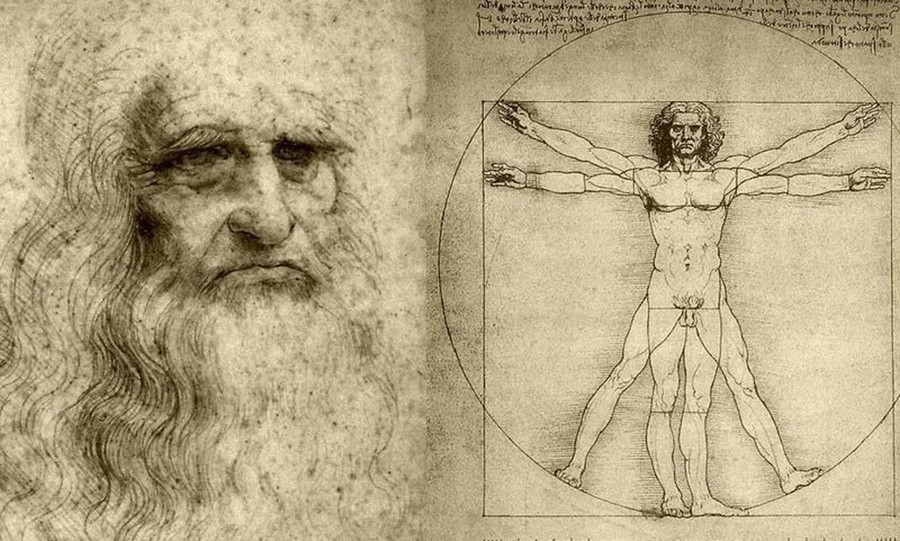During the installation of a new unified water supply pipeline in Eretria, a remarkable archaeological find was made. A section of a house from the late Classical period (mid-4th century BCE) was uncovered, featuring a pebble mosaic floor with a central depiction of two satyrs. This discovery provides significant insights into the domestic architecture and artistic expression of ancient Eretria.
Location and Context
The building is located in the core of the ancient city's urban fabric, near the sanctuary of Daphnephoros Apollo, the "Panathenaic Amphorae Neighborhood," and the "House of Mosaics." Previous excavations in these areas have revealed 4th-century BCE residences, often adorned with elaborate pebble mosaic floors.
The Room and Mosaic
The excavation revealed a nearly square room measuring 3.50m by 3.55m internally, with walls preserved on the southern and eastern sides. Due to the limited excavation area and the presence of a municipal road, the northern and western walls could not be fully uncovered.
Inside this room, a mosaic floor made from small, white natural pebbles was investigated. The central medallion, 1.13m in diameter, depicts two satyrs. One is a youthful figure playing a double aulos, while the other is an older, bearded satyr, likely dancing to the music. Various colored pebbles (white, black, red, yellow) were used to render facial features and body details, with yellow pebbles effectively portraying hair, adding realism and vibrancy to the figures.
Architectural Features
Along the northern, eastern, and western sides of the room, a raised mortar floor, approximately 0.935m wide and 2-3cm high, was uncovered. This platform likely served as a base for beds or couches, a common feature in houses of the same period in Eretria (e.g., the Western Neighborhood, House of Mosaics). This setup suggests the room functioned as an andron, a male dining room used for banquets and symposia. The cheerful depiction of satyrs enjoying music aligns with the room's intended use for festive gatherings.
Later Use and Preservation
In the early Christian centuries (5th-6th century CE), the area was repurposed as a cemetery. Five graves (four tile-roofed and one simple pit) were found within the room's fill, sometimes intruding upon and disturbing the mosaic floor. An additional five graves (four tile-roofed and one simple pit) from the same period were discovered outside the room to the south.
After completing the excavation and initial assessment of the archaeological data, it is suggested that the house and mosaic floor date to the mid-4th century BCE. This period saw the emergence of luxurious private residences in ancient Eretria, following a well-known architectural type with a central peristyle courtyard surrounded by private family spaces and public areas for official occasions and symposia. Similar pebble mosaics from the "House of Mosaics" have been dated to around 360-350 BCE.
Conservation and Future Plans
Considering the excellent state of preservation of the pebble mosaic floor and the uniqueness of the central medallion's depiction, the local archaeological authority undertook immediate stabilization and cleaning work. Conservation specialists have ensured the mosaic's preservation while planning for its integration into future exhibitions to enhance public appreciation of this new archaeological ensemble.







